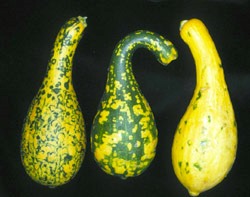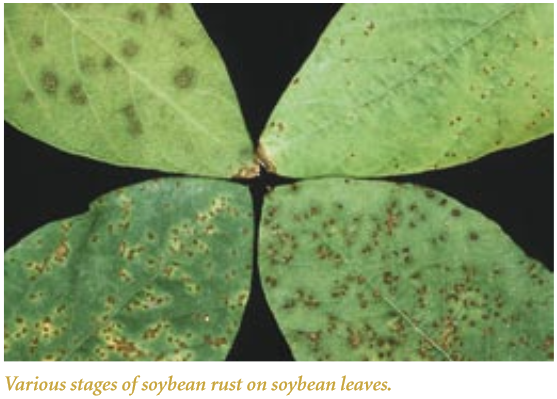by Nicholas Dufault | Sep 19, 2014
Dr. Nicholas Dufault, UF/IFAS Plant Pathologist Recently, there have been some observational data that suggest North Florida watermelon growers are experiencing an increased incidence of Fusarium wilt in their production fields. While it is uncertain what may have...

by Josh Freeman | Sep 12, 2014
While this might be a good thing if you’re growing zucchini, it’s not a good thing if you’re growing yellow squash. If this is the case, chances are you’ve got a virus disease in your squash. This is a very common problem in fall produced cucurbits, especially...

by Jim Marois | Aug 22, 2014
Soybean Rust is Around but Not on Soybeans Since its arrival in the United States in 2004, soybean rust has developed into more of a problem in the southeastern U.S, than in other areas of the country. To monitor disease prevalence and spread, soybean rust sentinel...
by Shep Eubanks | Aug 22, 2014
As we head into the home stretch of 2014 peanut production, most farmers are working diligently to mange and control leaf spot and white mold in their peanuts. Many farmers are familiar with Early and Late leaf spot and the occasional chemical related spotting on the...
by Doug Mayo | Aug 15, 2014
If you are interested in learning how to manage pests using integrated pest management (IPM) strategies on a whole farm or whole landscape level, a team of University of Florida IFAS Extension faculty has developed a series of video modules just for you. These modules...
by Doug Mayo | Aug 15, 2014
The University of Florida IFAS Extension offers a database of fact sheets available for free download on the Internet called EDIS (Electronic Data Information Source) that has many publications of interest to farmers and ranchers in Northwest Florida. Each fact sheet...


